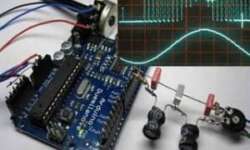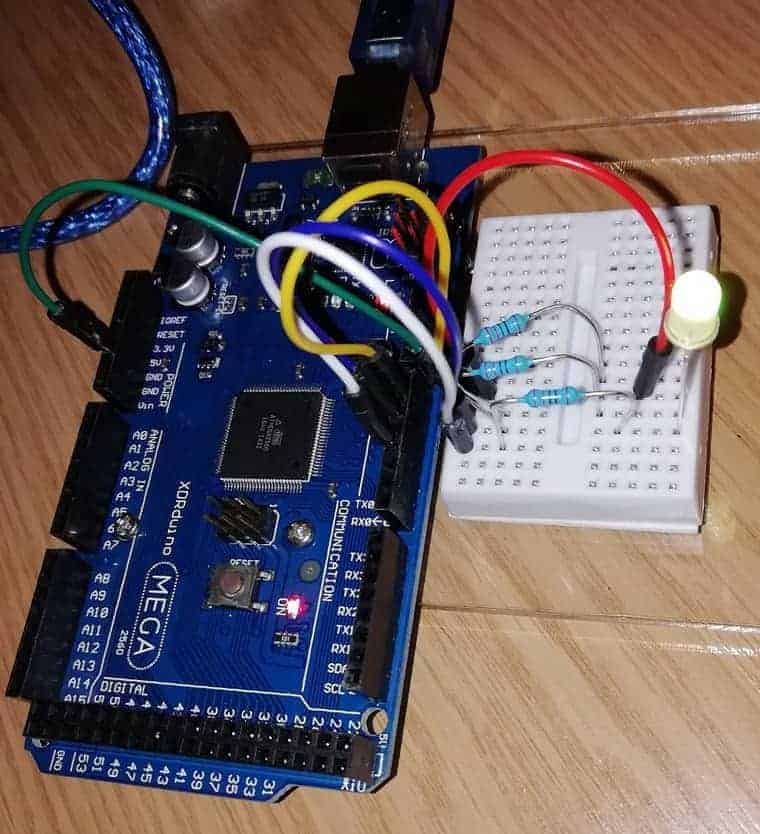Adding DAC to Arduino or any other microcontroller

Most of the 8-bit microcontrollers lack integrated DAC (Digital to Analog Converter) functionality. This is handy when you need to generate analog signals out of digital information. Adding DAC to any existing microcontroller is a piece of cake. But before you start, why not look at various options available. Embedded newbie provides a review of Arduino DAC solutions. Beginning with the R-2R ladder solution list goes through multiple ways of converting digital to analog. Depending on your needs and the speed required, a PWM DAC converter is nothing more than a digital signal passed through a low pass filter. This is how motor control works. It’s relatively slow, but serial that gives an advantage when small pin count microcontrollers are used. On the other hand, if signal speed is an issue, then parallel DAC – same R-2R ladder probably with an output buffer circuit. And lastly, there is always an option to use specialized DAC chips that can be interfaced through one of the available interfaces like SPI. These save space and MCU pins and still provide high resolution and speed.







